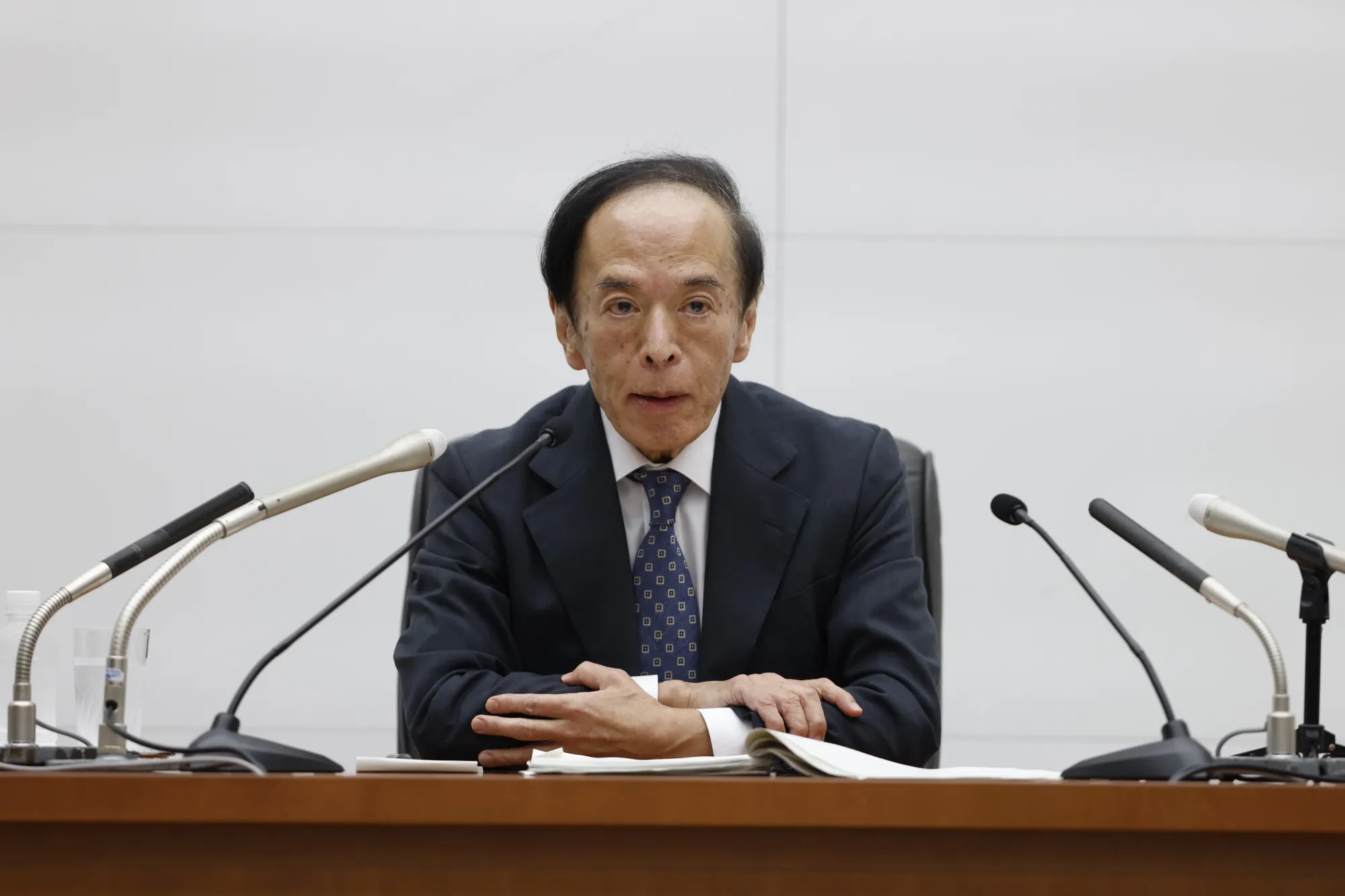Are Rent Regulations Harming Tenants? An Interest Group's Perspective

Table of Contents
Reduced Housing Supply
Rent control policies, while aiming to make housing more affordable, can ironically lead to a decrease in the overall housing supply, exacerbating the very problem they intend to solve. This occurs through two primary mechanisms: a disincentive to build and neglect of existing properties.
The Disincentive to Build
Rent control significantly reduces the potential profit margins for developers and investors in new rental properties. This is because the rental income is capped, limiting the return on investment.
- Reduced profit margins: Limited rental income makes projects less attractive compared to other investment opportunities.
- Increased risk: Rent control introduces uncertainty and risk into long-term investment planning.
- Longer project timelines: The complexities of navigating rent control regulations can prolong the development process.
This decreased profitability makes new construction less financially viable, especially in areas with high construction costs. Cities like San Francisco, with stringent rent control measures, have experienced significant housing shortages, driving up prices in the unregulated market and making it harder for low- and middle-income individuals to find suitable housing. This highlights a key unintended consequence: rent control can actually worsen housing affordability for many.
Maintenance Neglect
When rental income is capped by rent control, property owners may be less inclined to invest in necessary maintenance and repairs. The financial incentive to maintain and upgrade properties is diminished.
- Deferred maintenance: Landlords might delay or avoid costly repairs, leading to deteriorating housing conditions.
- Fewer renovations and upgrades: Improvements that enhance the property value and attract tenants may not be financially justifiable under rent control.
This can result in substandard living conditions for tenants, creating a cycle of disrepair that further reduces the quality of the rental stock. Case studies from several cities show a correlation between stricter rent control policies and a decline in the overall condition of rental properties. This underscores the need for a balanced approach that prioritizes both tenant protection and property upkeep.
Increased Black Market Activity
Strict rent regulations can inadvertently create a thriving black market, undermining the intended goals of the policy and harming vulnerable tenants.
Higher Rents in the Unregulated Market
Rent control in one sector of the market often pushes demand into the unregulated sector. This leads to a surge in prices for those unable to secure rent-controlled units.
- Higher rents for those unable to secure rent-controlled units: The limited supply of rent-controlled apartments increases competition and drives up prices in the open market.
- Increased competition: Tenants face greater challenges finding affordable housing, leading to stressful and competitive rental searches.
- Potential for exploitation: Landlords in the unregulated market can exploit the high demand by charging exorbitant rents.
This displacement effect disproportionately affects low- and middle-income tenants, forcing them into precarious housing situations or homelessness.
Under-the-Table Payments and Illegal Evictions
In areas with strict rent regulations, tenants may be pressured into paying additional fees under the table to secure or retain a rental unit. This can also lead to illegal evictions.
- Vulnerable tenants at increased risk of exploitation: Those with limited resources or legal knowledge are particularly vulnerable to such practices.
- Lack of legal recourse: Under-the-table payments are often undocumented, leaving tenants with little legal recourse if disputes arise.
- Increased housing insecurity: These illegal activities contribute to increased instability and uncertainty in the rental market.
These unethical and illegal practices highlight a significant downside of overly strict rent regulations: they can create an environment where vulnerable tenants are at increased risk of exploitation and abuse.
Reduced Tenant Mobility
Rent regulations can also negatively impact tenant mobility, hindering both personal and economic advancement.
Difficulty Finding Suitable Housing
Rent-controlled tenants might be hesitant to move even if their current housing is substandard, fearing they won’t find comparable options elsewhere.
- Limits opportunities for tenants to upgrade living conditions: Tenants may remain in unsuitable housing due to the fear of losing the protection of rent control.
- Restricts access to better neighborhoods: Relocation to areas with better schools, amenities, or job opportunities may be deterred by the fear of higher rents.
- Impacts quality of life: Remaining in undesirable housing can negatively impact tenant well-being and overall quality of life.
This lack of mobility limits opportunities for tenants to improve their living standards and access better resources.
Slower Economic Growth in Affected Areas
Reduced tenant mobility, due to rent control, can also negatively affect economic growth in affected areas. This is because it limits housing turnover, impacting both landlords and tenants.
- Impacted job mobility: Individuals may be less willing to relocate for better job opportunities due to concerns about finding affordable housing.
- Restricted economic opportunities for landlords and tenants alike: Reduced turnover can stifle economic activity related to the housing market.
- Reduced property values in some cases: A lack of investment and improvements can depress property values in areas with strict rent control.
The resulting stagnation can limit economic opportunities for both tenants and landlords, further highlighting the broader consequences of rent regulations.
Conclusion
Rent regulations, while aiming to protect tenants, can have several unintended negative consequences. From reduced housing supply and increased black market activity to decreased tenant mobility, the impact on the very people these policies aim to protect is complex and often negative. The data suggests that a careful consideration of the potential downsides is critical to implementing effective and equitable housing policies. Understanding the potential pitfalls of rent regulations is crucial for policymakers and tenants alike. Let's engage in a thoughtful discussion about alternative strategies to ensure affordable and accessible housing for all. Let's find better solutions to address the issues of housing affordability and tenant well-being without the detrimental effects of poorly implemented rent regulation policies. We need to explore alternative approaches to affordable housing that avoid the pitfalls of poorly designed rent regulation policies.

Featured Posts
-
 Direct Tribal Lender Loans Guaranteed Approval For Bad Credit
May 28, 2025
Direct Tribal Lender Loans Guaranteed Approval For Bad Credit
May 28, 2025 -
 Hailee Steinfelds Red Carpet Look At Sinners Mexico Photo Call
May 28, 2025
Hailee Steinfelds Red Carpet Look At Sinners Mexico Photo Call
May 28, 2025 -
 Sinners Run Ends Alcaraz Wins Italian Open
May 28, 2025
Sinners Run Ends Alcaraz Wins Italian Open
May 28, 2025 -
 Angels Hang On For Fourth Straight Victory
May 28, 2025
Angels Hang On For Fourth Straight Victory
May 28, 2025 -
 Hailee Steinfelds Sharp Gma Look Suit Style And More
May 28, 2025
Hailee Steinfelds Sharp Gma Look Suit Style And More
May 28, 2025
Latest Posts
-
 The Evolving Landscape How China Affects Bmw Porsche And International Car Manufacturers
May 29, 2025
The Evolving Landscape How China Affects Bmw Porsche And International Car Manufacturers
May 29, 2025 -
 Trumps Attack On Putin Dismissed As Emotional By Russia
May 29, 2025
Trumps Attack On Putin Dismissed As Emotional By Russia
May 29, 2025 -
 Open Ai Facing Ftc Investigation Examining The Future Of Ai Regulation
May 29, 2025
Open Ai Facing Ftc Investigation Examining The Future Of Ai Regulation
May 29, 2025 -
 Rising Long Term Yields Uedas Concerns And Risk Assessment
May 29, 2025
Rising Long Term Yields Uedas Concerns And Risk Assessment
May 29, 2025 -
 The Rise Of Otc Birth Control Navigating Reproductive Healthcare In A Post Roe World
May 29, 2025
The Rise Of Otc Birth Control Navigating Reproductive Healthcare In A Post Roe World
May 29, 2025
